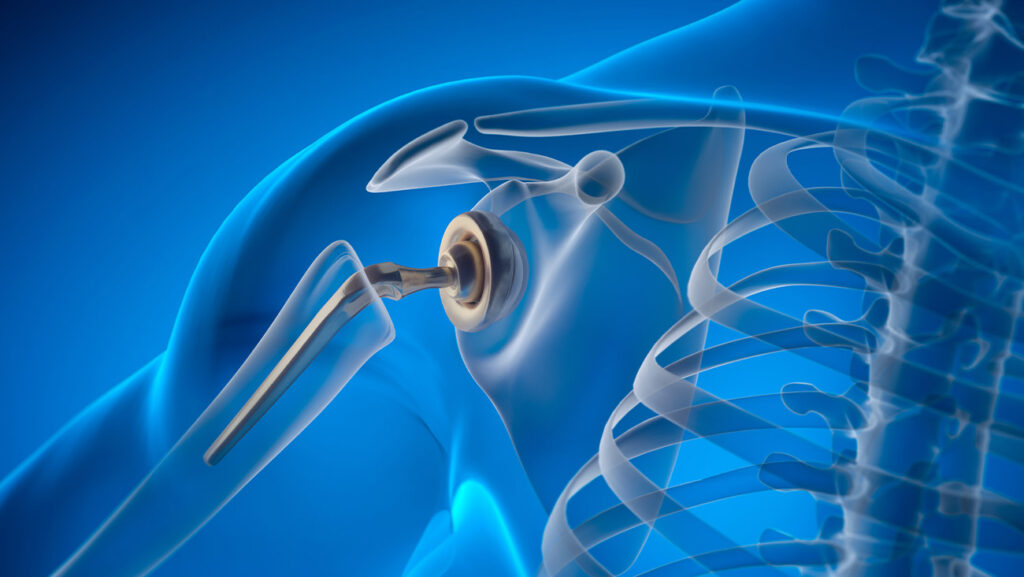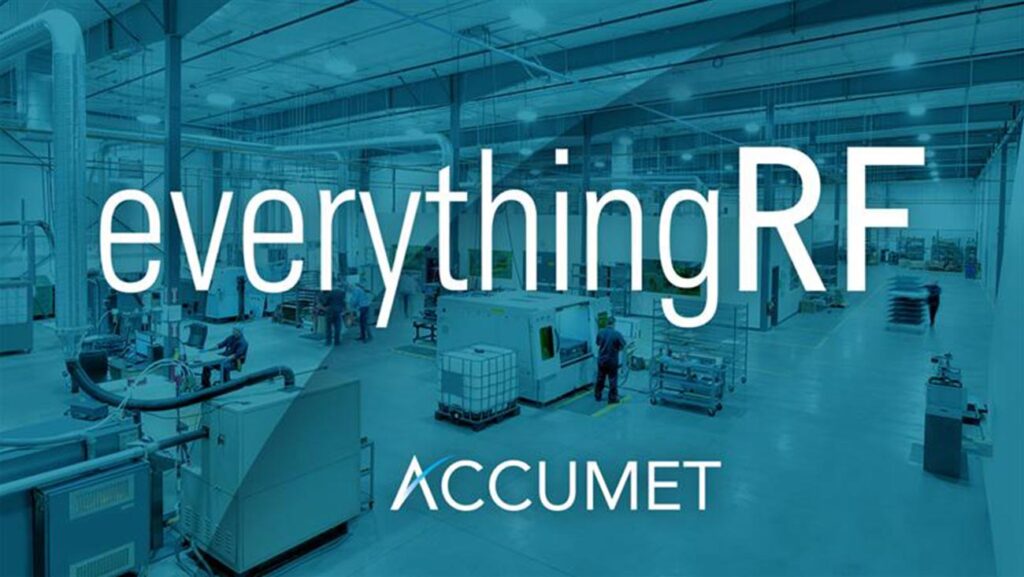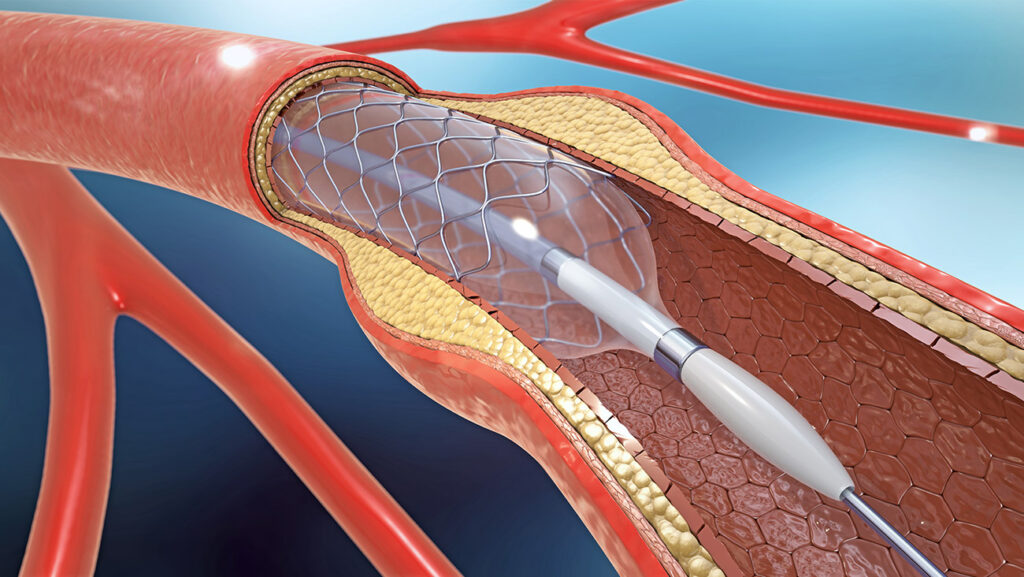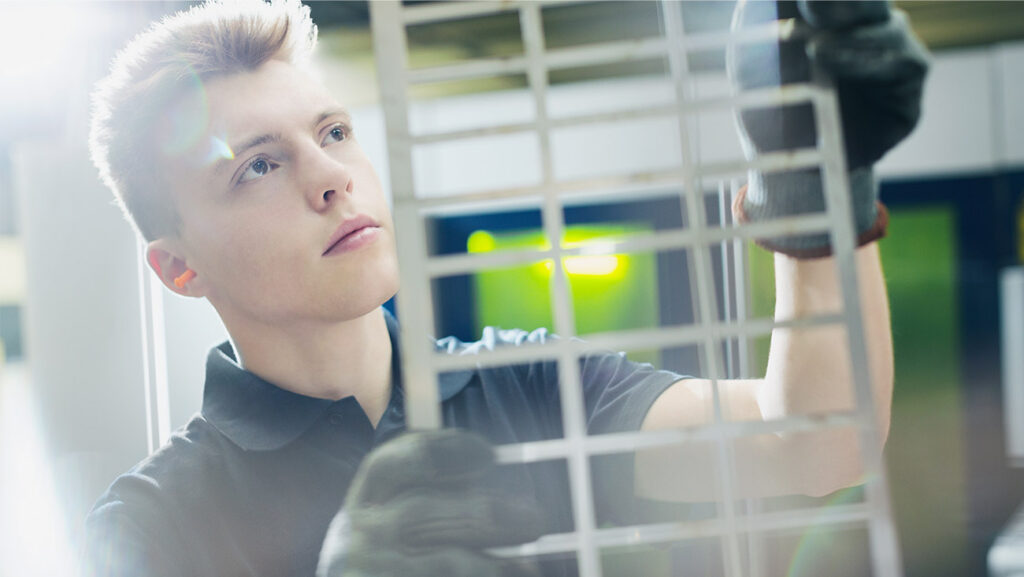Medical Device Laser Cutting: Precision Solutions for Complex Components
Posted on October 7, 2025 in Blogs

Overview: Medical device laser cutting delivers micron-level precision, repeatable quality, and reduced finishing needs. It supports miniaturization across metals, polymers, and alloys, with applications from stents and catheters to implants and surgical tools. Partnering with experienced providers helps OEMs accelerate prototyping, scale production, and maintain compliance.
Pressures Shaping Medical Device Manufacturing
Medical device developers face a range of demands: smaller devices with higher functionality, faster time to market, and uncompromising regulatory standards. According to a 2025 report, the medical device contract manufacturing market is projected to grow from $84.6 billion in 2024 to $158.7 billion by 2030, driven in part by demand for miniaturization and wearable devices.
Miniaturization has emerged as a consistent trend: implants, sensors, catheters, and surgical tools are shrinking in size, but still must deliver complex performance. At the same time, OEMs are under pressure to reduce costs, accelerate iteration cycles, and maintain consistency across high-volume runs.
Against that backdrop, manufacturing methods that combine precision, repeatability, and low post-processing overhead offer real advantages. Medical device laser cutting is one such method—especially when integrated with engineering expertise and quality systems.
Core Benefits of Medical Device Laser Cutting
Precision, Repeatability, and Feature Quality
Laser processes achieve ultra-fine cuts with minimal thermal distortion. A recent review of laser-assisted machining noted that lasers significantly improve surface quality compared to conventional cutting methods. Because lasers operate without direct mechanical contact, they preserve delicate geometries and reduce stress-induced warpage.
Medical Design & Outsourcing points out laser cutting enables reliable reproducibility at micron-level tolerances in vascular, neurovascular, and other small-feature components. These attributes make the process especially well-suited for thin-wall or microstructured parts used in catheters, stents, or microfluidic devices.
Material Versatility and Surface Functionalization
Medical devices incorporate metals, polymers, and advanced alloys. Laser cutting handles many of these materials without requiring tool changes or extensive fixturing. Beyond cutting, lasers also enable surface modification to optimize biocompatibility, friction, anti-adhesion, or corrosion resistance.
For example, laser-processed micro- and nanoscale surface textures can enhance cell adhesion, control wettability, or reduce bacterial colonization on implants. As device designs increasingly call for multifunctional surfaces, the ability to pair cutting and texturing in one workflow becomes a differentiator.
Reduced Secondary Operations and Cost Efficiency
Because laser cutting produces burr-free edges and maintains dimensional fidelity, downstream finishing such as deburring or grinding is often minimized or eliminated. Rapid prototyping and design iteration also benefit: engineers can test and refine designs quickly, as laser cutting accelerates prototype cycles relative to slower mechanical tooling.
Consolidated workflows—cutting, surface texturing, and marking completed in one sequence—also reduce handling, assembly steps, and quality handoffs.
Applications in Medical Devices
Laser cutting supports a wide range of medical devices, from high-value implants to disposable components.
- Stents and scaffolds: Thin struts require geometrical precision and clean edges to support vascular integrity. Laser cutting delivers repeatable patterns that maintain consistent wall thickness.
- Catheters and guidewires: Complex slots and side holes can be cut into tubular components with tight OD/ID tolerances.
- Orthopedic implants: Plates, screws, and fixation components benefit from reliable dimensional control and material integrity.
- Surgical tools: Scalpels, scissors, and micro forceps require sharp edges and surface quality that reduces additional polishing.
- Microfluidic devices: Channels and ports in polymer substrates demand fine resolution and burr-free surfaces to support fluid dynamics.
In each case, laser processes handle both 2D and 3D structures. What sets them apart is the ability to combine complex geometries with repeatable quality, regardless of material or scale.
Choosing a Medical Device Laser Cutting Expert
When evaluating medical laser cutting services, companies should weigh more than just equipment specifications. A reliable partner brings a combination of technology, quality systems, and engineering know-how.
The most valuable attributes include:
- Regulatory readiness: Quality systems capable of withstanding medical audits and supporting full traceability.
- Engineering depth: Guidance on process development and parameter optimization.
- Versatile capabilities: Access to femtosecond, UV, and fiber lasers to match different materials and geometries.
- Scalability: Capacity to support both prototype runs and high-volume production without quality drift.
- Integrated workflows: Complementary services such as welding, marking, and inspection that minimize handoffs.
OEMs gain significant efficiency by working with a partner who can deliver multiple processes under one roof, reducing supplier complexity and accelerating time to market.
Technical Considerations for Engineers
Engineers planning to integrate laser cutting into device designs should account for:
- Localized heating and the size of heat-affected zones.
- How different materials respond to laser wavelength and pulse width.
- Aspect ratio limits when cutting very deep or narrow features.
- Surface finish requirements for implants or optical components.
- Volume thresholds where alternative processes may remain cost-effective.
Addressing these considerations early helps avoid redesigns and ensures smoother scale-up from prototypes to production.
Steps to Incorporate Laser Cutting into Development
- Validate early prototypes – Run small batches to confirm feasibility and tolerances.
- Collaborate on design for manufacturability (DFM) – Adjust kerf widths, spacing, and material choices to optimize cut quality.
- Combine processes where possible – Consolidate cutting with surface texturing, welding, or marking to shorten production cycles.
- Scale with process optimization – Refine inspection methods and laser parameters as production volumes rise.
This stepwise approach ensures that laser technology enhances both design flexibility and manufacturing reliability.
Partner with Medical Device Laser Cutting Experts
Manufacturers of implants, surgical instruments, and diagnostic components cannot risk inconsistency or delays. Working with experienced medical device laser cutting experts ensures reliable outcomes across prototyping, validation, and production.
Contact Accumet
Accumet delivers decades of experience in laser processing for medical devices, backed by robust quality systems and engineering support. Our medical laser cutting services cover everything from micro features in vascular devices to precision components for orthopedic and surgical applications. With additional capabilities in welding, drilling, and marking, we consolidate workflows to reduce handoffs and shorten time to market.
If your team is developing a new device or scaling an existing one, Accumet can help streamline production with precision and consistency. Request a quote for your next project or contact us to start a discussion.
Frequently Asked Questions about Medical Device Laser Cutting
What types of medical devices benefit most from laser cutting?
Laser cutting is widely used for stents, catheters, surgical tools, orthopedic implants, and microfluidic devices. It excels wherever tight tolerances, small features, or clean edges are required.
Which materials can be processed with medical device laser cutting?
Lasers can cut a broad range of materials, including stainless steel, nitinol, titanium, cobalt-chrome, polymers, and specialty alloys. Different laser types (fiber, femtosecond, UV) are used depending on the material and feature size, making them adaptable across a wide range of medical laser cutting services.
How does laser cutting compare with conventional machining or stamping?
Unlike mechanical methods, laser cutting is non-contact. It avoids tool wear and stress on the material, produces finer features, and often eliminates secondary finishing. For complex or miniaturized designs, it typically outperforms traditional machining.
What are the limitations of medical device laser cutting?
Designers must account for heat-affected zones, aspect ratio limits in deep cuts, and the cost balance at very high volumes or large part sizes. An experienced provider can help address these challenges early in design.
Why partner with a medical device laser cutting expert instead of keeping the process in-house?
Working with a trusted medical device laser cutting expert provides access to engineering support, regulatory-ready quality systems, and integrated capabilities such as welding, marking, and inspection. This reduces equipment investment, streamlines validation, and accelerates time to market.
Read More
Exploring the Benefits of Laser Micromachining in Miniature Component Production
Understanding the Difference Between Laser Cutting and Waterjet Cutting
How to Choose the Right Material for Your Laser Cutting Project



